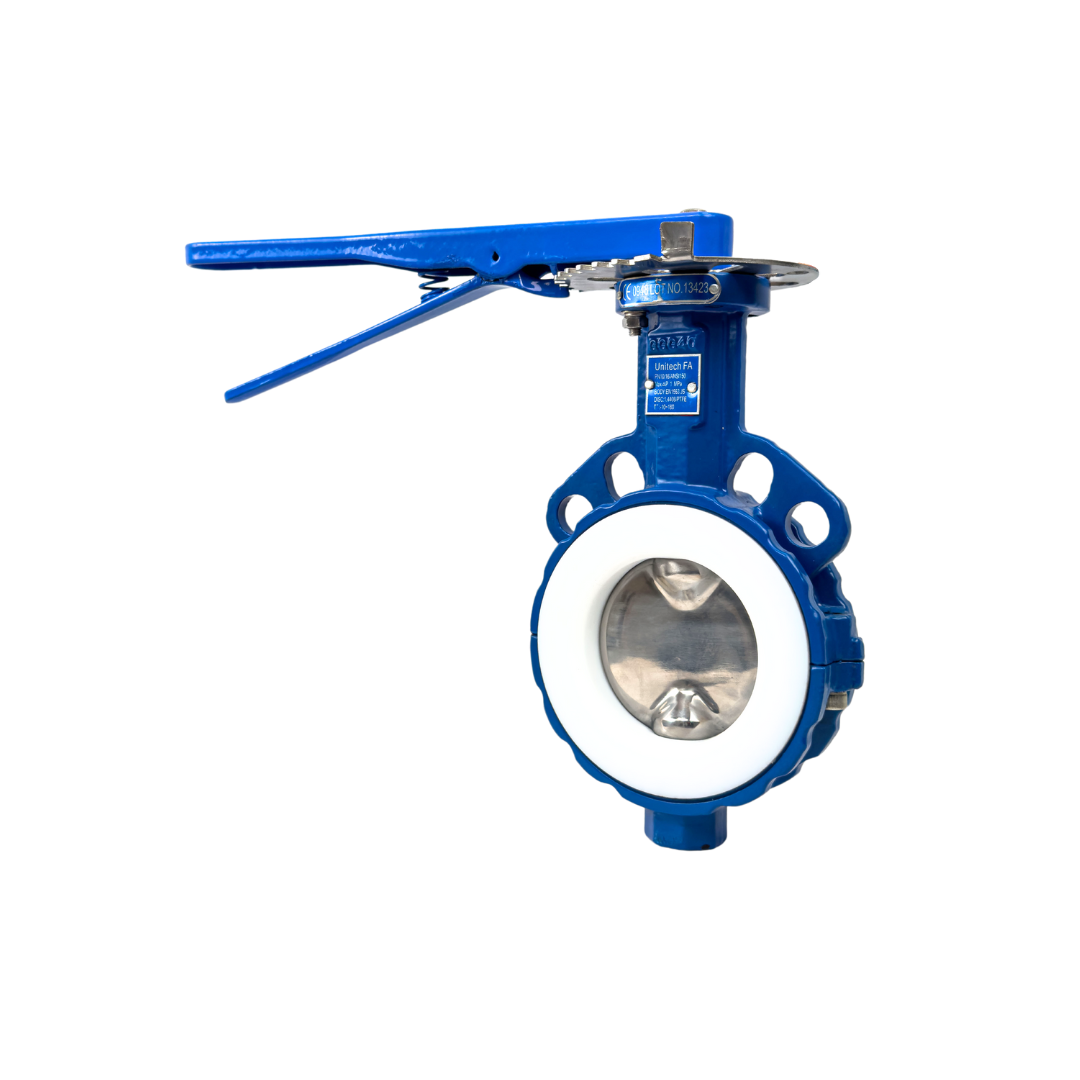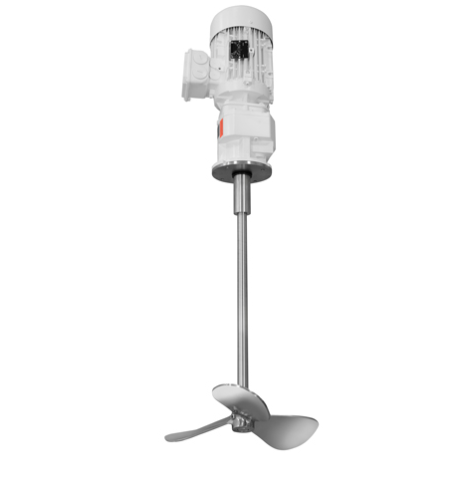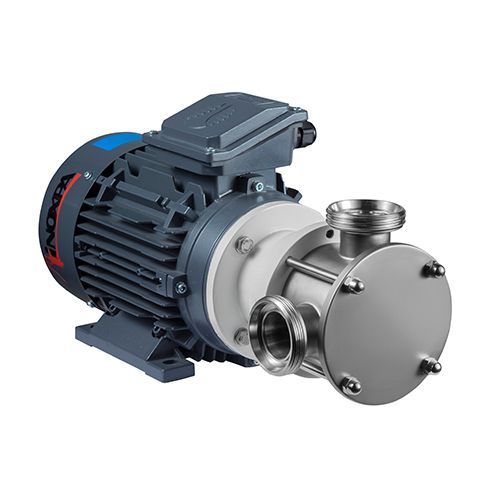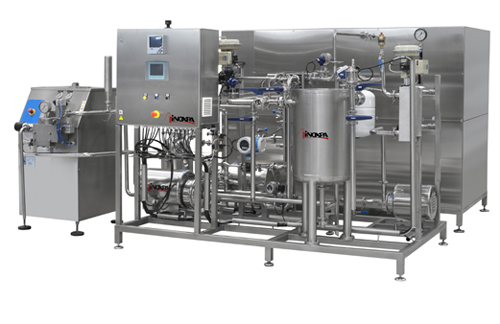
Maintaining Hygienic Processes in the Food and Beverage Production Industry
If there is any industry in the world that must prioritise hygiene above all else, it is the food and beverage industry. Thankfully, there are many systems for people to follow to keep their work environment and the machines that create the food and drinks we put on our tables sanitised and up to hygiene standards.
Join us as we teach you all about the CIP System, how it works, and the hygienic valves you can find at BM Engineering, perfect for use in the food industry to abide by UK hygiene standards.
What is a CIP system?
A clean-in-place (CIP) process is essential for keeping food and beverage production hygienic and safe from contaminants. When carried out properly, it ensures that all the equipment needed for production is thoroughly cleaned and sterilised without the need to disassemble it.
The CIP process will be run in between batches of product and will cleanse the line to ensure that all contaminants are removed before the next batch is run through.
How does a CIP system work
The CIP system is simple yet very effective at ensuring the production of food and beverages remains sanitary. There are several steps to the CIP system, and each plays a key role in keeping all of the essential equipment clean.
A pre-rinse
The first step of the clean-in-place process is to flush out any looser particles and contaminants from the equipment. Removing all the debris from the equipment prepares it for the subsequent cleaning stages.
Circulating the cleaning solution
Following the pre-rinse, the next step is to run cleaning solutions through the equipment. The cleaning solution will remove and dissolve any remaining contaminants. Had the pre-rinse not cleared all the loose debris, the solution may have missed some. Sometimes, the cleaning solution is heated to enhance its effectiveness further and ensure the process is as thorough as possible.
Another rinse
After the cleaning solution has run its course, another rinse will follow. This is crucial to ensure no residue or cleaning agent has been left behind, leaving a polished internal system and removing the risk of contaminating the next batch of product with any lingering solution.
Sanitising the equipment
Before another batch can be sent through, there must be one final run of sanitising product. This agent is circulated around the machinery and is typically a disinfectant or antimicrobial agent that aims to remove any microorganisms that might have survived.
One final rinse
Once the last cycle of sanitising agents has passed through, it is time to send one final rinse of purified water around to clear all cleaning agents or solutions from the equipment. This last rinse-through ensures the equipment is ready for the next cycle of product that will now pass through the polished equipment.
Benefits of the CIP system
Aside from the hygienic benefits, running a CIP system after each batch of product has circulated has other advantages:
-
- Time and cost – Instead of disassembling all the equipment and cleaning each piece, the CIP system does the job much more effectively and efficiently.
- Consistency – The CIP process delivers the same results every time, eliminating factors such as human error or inconsistent practices.
- Equipment lifespan and sustainability – Running the CIP process helps keep your equipment free from contaminant build-up and corrosion, reduces resource consumption, and reduces waste generation.
What is a hygienic valve?
A hygienic valve controls the flow of liquids and gases. It is often used in food processing because it effectively maintains cleanliness in a process where the product is sensitive to contamination. Hygienic valves help to prevent the risk of contamination and bacterial growth throughout the production process.
They are easy and clean to sanitise, making them ideal for the CIP process, which saves time and money. Made from materials like steel that are resistant to corrosion and can withstand the strenuous cleaning process, they are durable and long-lasting.
<h2>Find hygienic valves at BM Engineering</h2>
BM Engineering offers a wide range of hygienic valves supplied by our trusted manufacturer, Inopxa. These include hygienic butterfly valves, hygienic ball valves, and hygienic check valves, all of which are ideal for use in the food and beverage production process.
Be sure to browse our industrial valves at BM Engineering and see what our trusted valve suppliers can provide for your business. If you have any questions about our products or further questions about the CIP process, be sure to contact us, and a member of our team will be happy to help.



